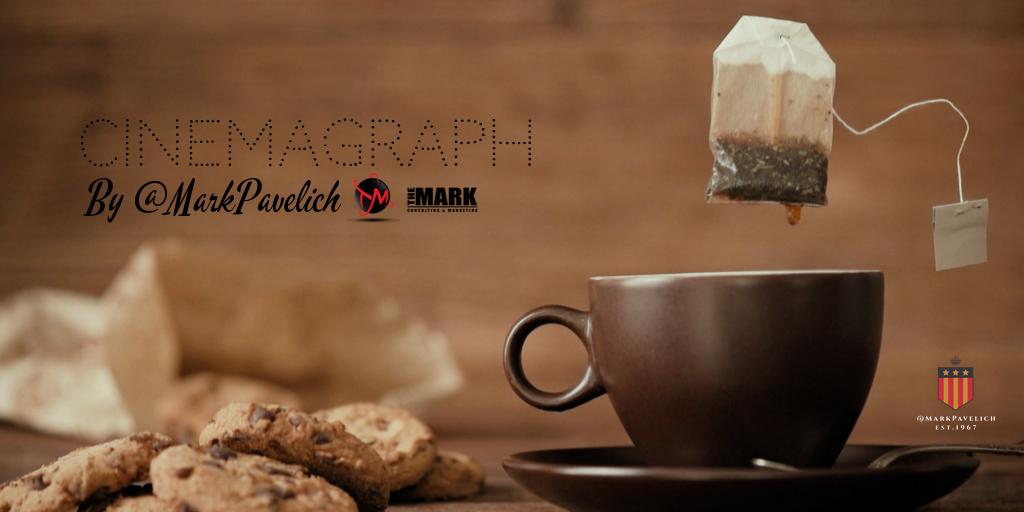
I’ve been obsessed with learning about Cinemagraph & I can’t & won’t Stop!
It’s small and simple movements that are going to work best so there is no need for a dramatic, energetic video.
If your camera has a video function, then use it but don’t worry about the resolution you are recording (when we come to save our cinemagraph shortly, you’ll see why).
You could even use the camera on your smartphone too, which means it’s even more accessible.
Keep your camera on a tripod whilst you film, everything needs to remain steady during recording. Repeat your action a few times so you can trim it down to the perfect starting point in Photoshop.
Your video clip only needs to around 15 seconds long at most. The final cinemagraph will only feature 2-3 seconds of movement so it doesn’t need to be a Hollywood epic!
The History of Cinemagraphs
Many attribute the dawn of the cinemagraph medium to Fashion Week 2011 in New York City. It was then that a pair of fashion photographers — Jamie Beck and Kevin Burg — began crafting and sharing a series of moving photos, which spurred a great deal of curiosity and interest from the fashion community and the media.
Without an adequate term to describe these creative images, the fashion photographers decided to coin a new phrase. And just like that, the term “cinemagraph” was born.
How Do Cinemagraphs Work?
The highest quality cinemagraphs are often created from 4K, and sometimes even 6K video. Though cinemagraphs can be exported in multiple file formats, exporting as a video file keeps the quality very high, and ensures they’ll look fantastic. File formats like H.264, and the new high efficiency video codec known as H.265 are the most common.
Where Can I Use a Cinemagraph?
Like photographs and video, the use case for cinemagraphs is endless. Artists are flocking to the medium to leverage its novelty and challenge the way in which they can express themselves.
The combination of static and motion also make cinemagraphs a popular tool for digital marketing. Brands and organizations are creating cinemagraphs for all different types of their marketing content. More specific examples of how and where cinemagraphs can be used include:
• Digital advertisements
• Websites, landing pages, and blogs
• Social media
• Digital displays and billboards
• Long form videos
By @MarkPavelich CEO The Mark Consulting & Marketing
Connect with Mark below on all his Social Media.
Instagram Twitter Facebook Pinterest LinkedIn Youtube Podcast
